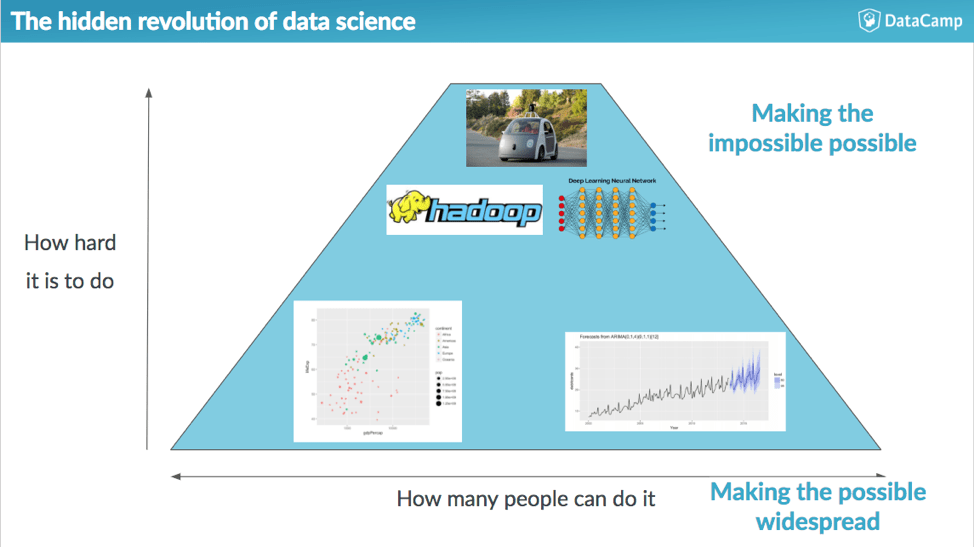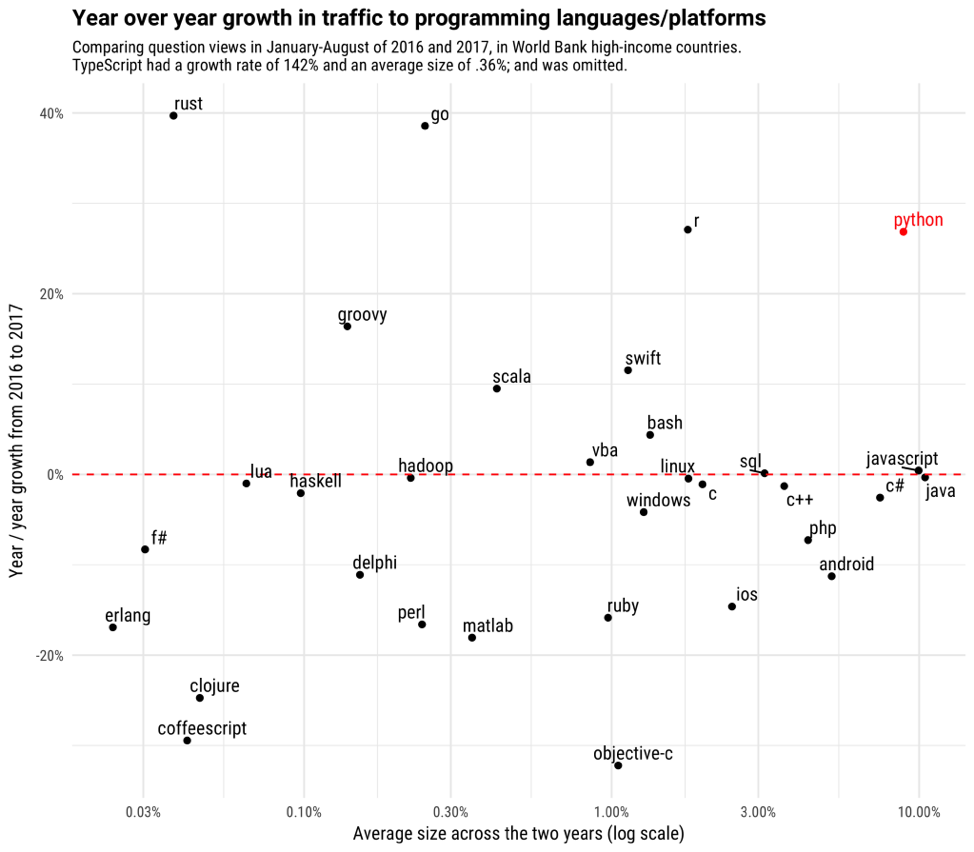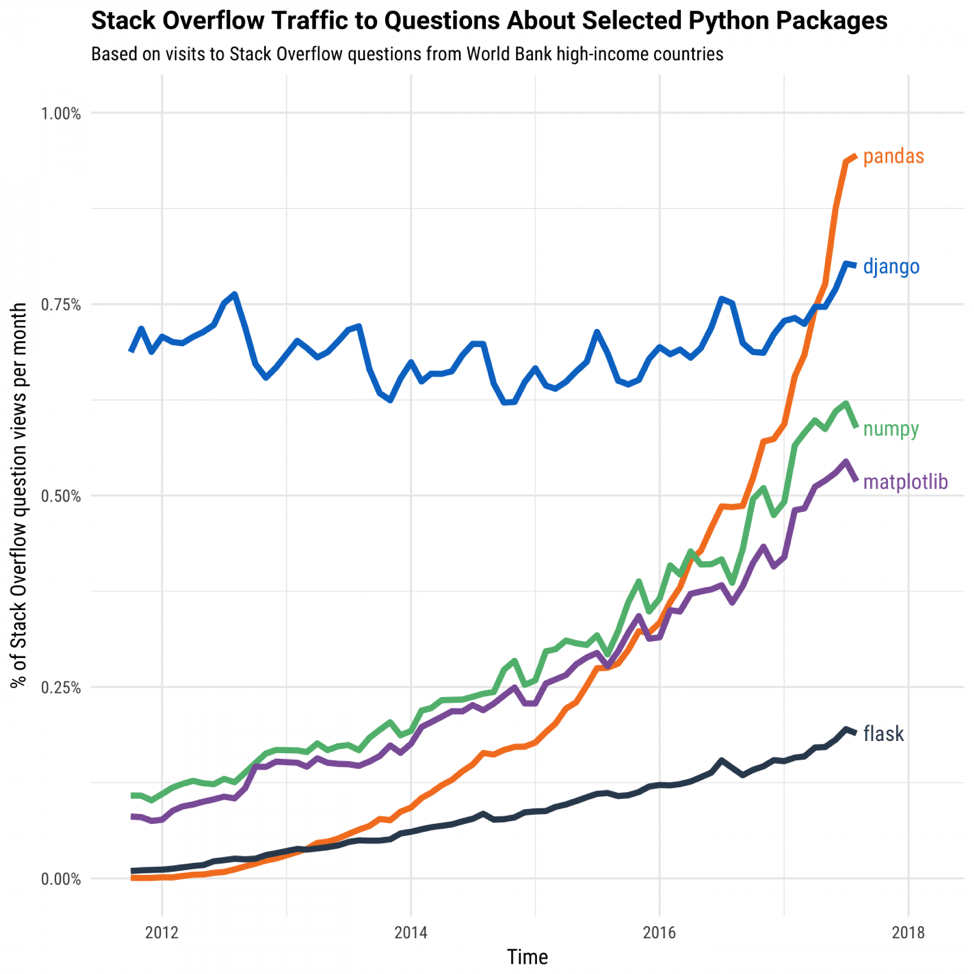The Hidden Revolution in Data Science
Learn about what has recently changed in data science and what its future holds. See how these changes could affect your company.
Updated Jun 2018 · 6 min read
Topics
RelatedSee MoreSee More
Why Hire a DataCamp Certified Candidate?
Discover why hiring a DataCamp Certified candidate is a good decision and explore the skillset of the modern data practitioner.
Vicky Kennedy
4 min
What is Data Culture? A Comprehensive Guide to Being A More Data-Driven Organization
Discover our top tips for creating a data culture in your organization and gaining buy-in from the top down.
Matt Crabtree
17 min
What Does Democratizing Data Mean? Unlocking the Power of Data Cultures
Learn about data democratization, why it matters, and how to achieve it. Explore how it can improve data literacy, empower individuals and businesses, and create a positive social impact.
Matt Crabtree
13 min
Top 32 AWS Interview Questions and Answers For 2024
A complete guide to exploring the basic, intermediate, and advanced AWS interview questions, along with questions based on real-world situations. It covers all the areas, ensuring a well-rounded preparation strategy.
Zoumana Keita
15 min
Avoiding Burnout for Data Professionals with Jen Fisher, Human Sustainability Leader at Deloitte
Jen and Adel cover Jen’s own personal experience with burnout, the role of a Chief Wellbeing Officer, the impact of work on our overall well-being, the patterns that lead to burnout, the future of human sustainability in the workplace and much more.
Adel Nehme
44 min
Becoming Remarkable with Guy Kawasaki, Author and Chief Evangelist at Canva
Richie and Guy explore the concept of being remarkable, growth, grit and grace, the importance of experiential learning, imposter syndrome, finding your passion, how to network and find remarkable people, measuring success through benevolent impact and much more.
Richie Cotton
55 min

 Source:
Source:  Source:
Source: